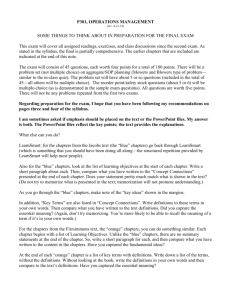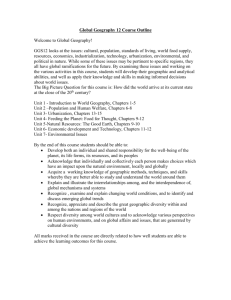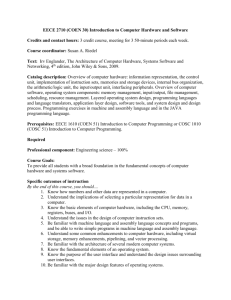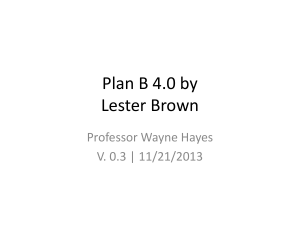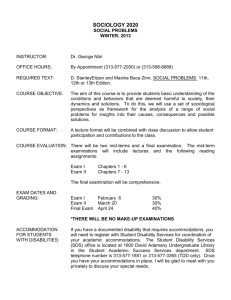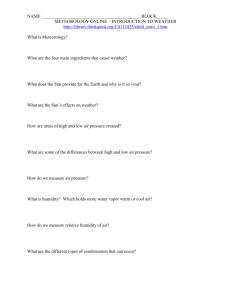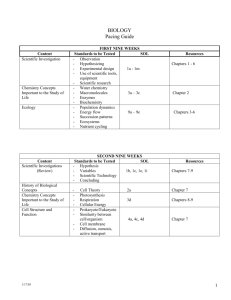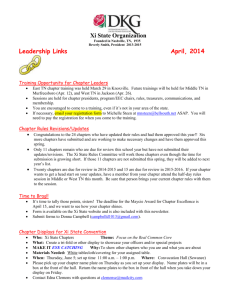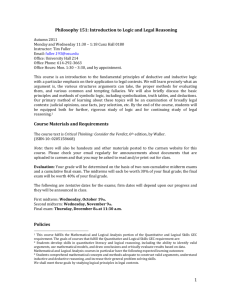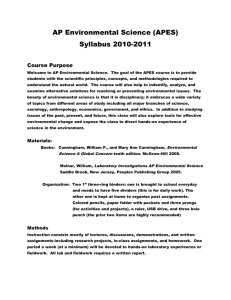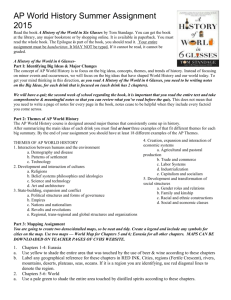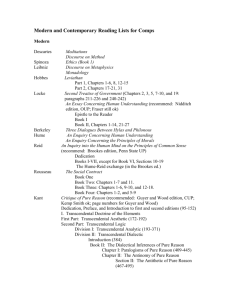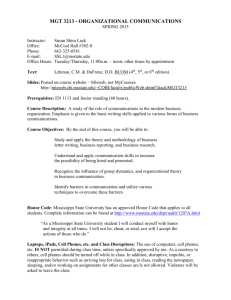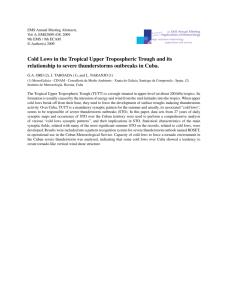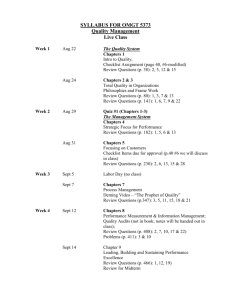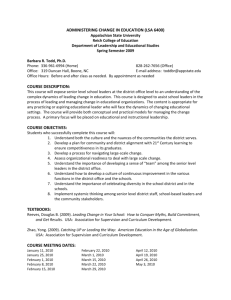Use this list to help prepare for the second semester final
advertisement
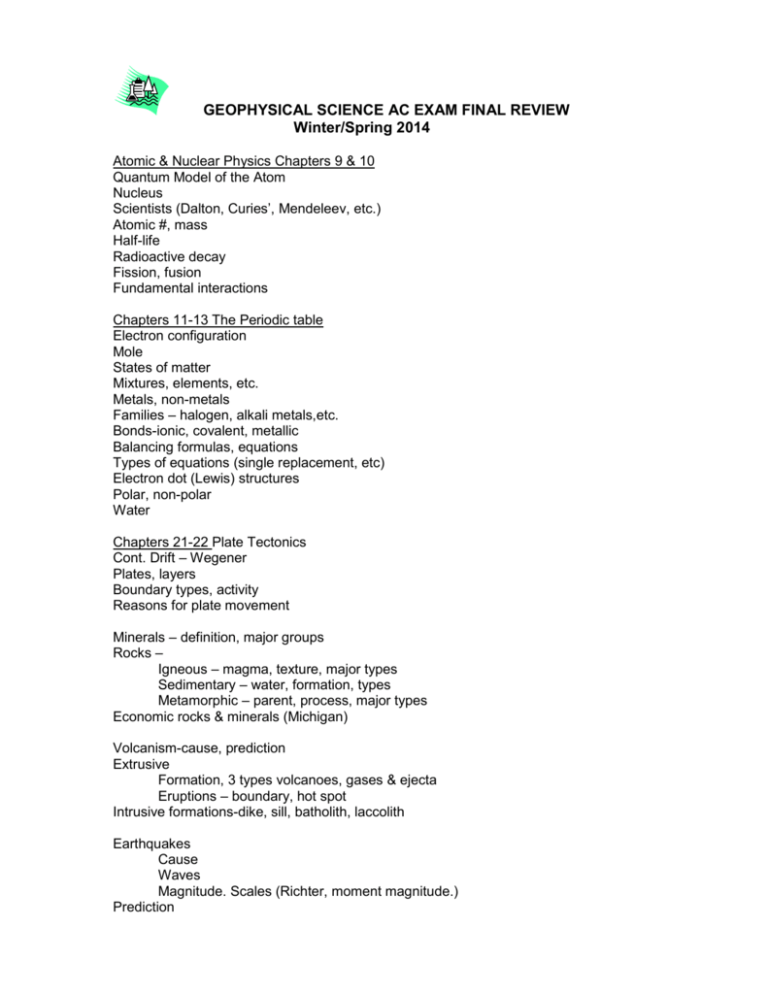
GEOPHYSICAL SCIENCE AC EXAM FINAL REVIEW Winter/Spring 2014 Atomic & Nuclear Physics Chapters 9 & 10 Quantum Model of the Atom Nucleus Scientists (Dalton, Curies’, Mendeleev, etc.) Atomic #, mass Half-life Radioactive decay Fission, fusion Fundamental interactions Chapters 11-13 The Periodic table Electron configuration Mole States of matter Mixtures, elements, etc. Metals, non-metals Families – halogen, alkali metals,etc. Bonds-ionic, covalent, metallic Balancing formulas, equations Types of equations (single replacement, etc) Electron dot (Lewis) structures Polar, non-polar Water Chapters 21-22 Plate Tectonics Cont. Drift – Wegener Plates, layers Boundary types, activity Reasons for plate movement Minerals – definition, major groups Rocks – Igneous – magma, texture, major types Sedimentary – water, formation, types Metamorphic – parent, process, major types Economic rocks & minerals (Michigan) Volcanism-cause, prediction Extrusive Formation, 3 types volcanoes, gases & ejecta Eruptions – boundary, hot spot Intrusive formations-dike, sill, batholith, laccolith Earthquakes Cause Waves Magnitude. Scales (Richter, moment magnitude.) Prediction Chapter 24 Historical Geology Uniformitarianism Laws of: superposition, original horizontality, cross-cutting relations. X-sections Eras, periods (know those from unit test) Fossilization Index fossils Radioactive decay Chapter 23 Soils & Hydrology Phys & chem. weathering Groundwater Zones of aeration, saturation Water table Aquifer, aquiclude Groundwater flow, contamination and use issues Streams “anatomy” Stages of development Loads Glaciers Growth, movement Possible cause Oceans-salinity,currents, impacts on climate Chapter 19-20 Weather & Climate Heat transfer Adiabatic, lapse rates (given) Humidity (relative) Pressure belts, Highs & Lows – characteristics Air masses Fronts – formation, characteristics Thunderstorms Tornadoes Hurricanes Mid-latitude lows Weather maps Climate factors Climate change Causes Impacts Notes: The final exam will be multiple choice. As before, formulas and a periodic table will be provided. This document is a guideline that can be made into a study guide. (See website for electronic copy) Also prepare using readings, notes and old (corrected) tests, homework and of course, the final exam reviews. Study groups can be helpful, too. Use common sense-don’t wait until the last minute to begin studying!





